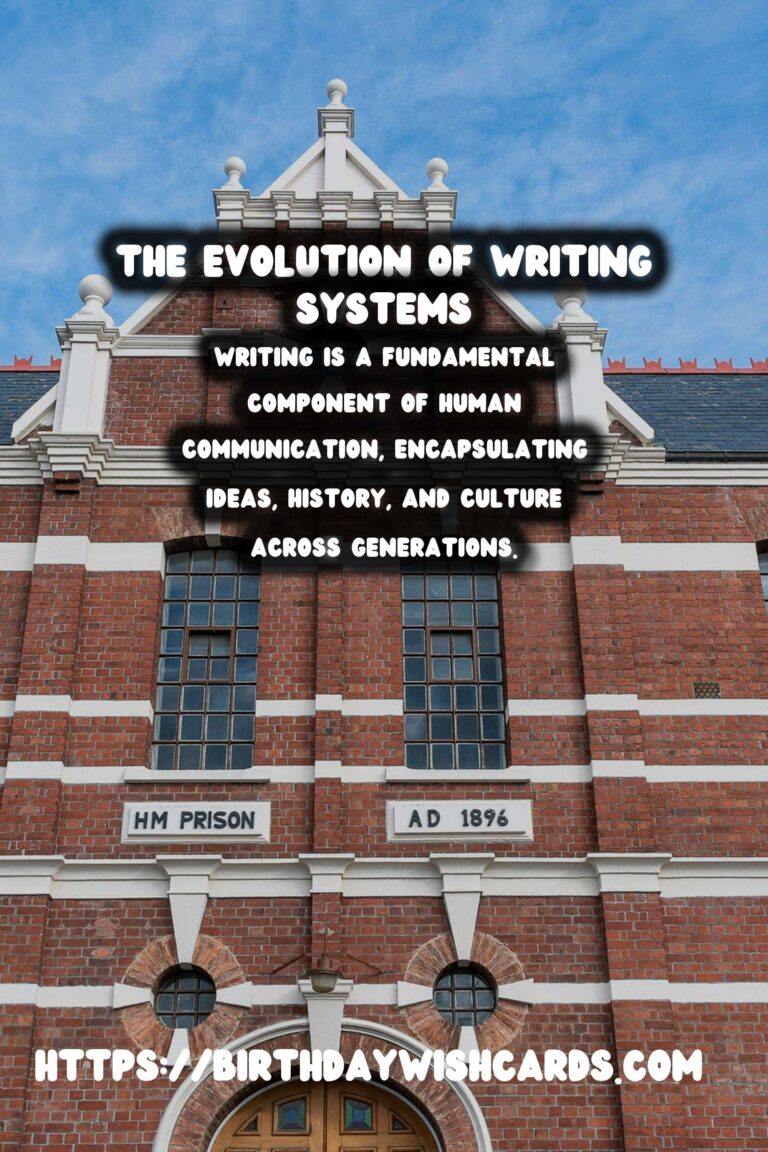
Writing is a fundamental component of human communication, encapsulating ideas, history, and culture across generations. The evolution of writing has seen significant transformations, from rudimentary drawings to the sophisticated alphabets we use today. This article delves into the fascinating history of writing, exploring the shift from ideograms to alphabets.
Early Beginnings: Ideograms and Pictograms
Dating back to ancient times, the earliest known forms of writing were ideograms and pictograms. These symbols represented ideas and objects, used by civilizations like the Sumerians and Egyptians. Notably, cuneiform and hieroglyphs are quintessential examples, etched on clay tablets and temple walls. While these pictorial symbols laid the groundwork for recording information, they were often complex and difficult to decipher, necessitating specialized knowledge to interpret.
The Advent of Phonetic Writing
As societies evolved, so did their need for a more versatile and accessible writing system. This led to the development of phonetic writing, which symbolized sounds rather than concepts. The Phoenicians pioneered this revolutionary approach around 1200 BCE, crafting a script that significantly influenced subsequent writing systems. Their creation, consisting of around 22 characters, was a precursor to modern alphabets.
Greek Innovations: A Leap Forward
The Greeks adopted the Phoenician script and introduced vowels, facilitating clearer and more accurate expression of language. This enhancement enabled the Greeks to produce extensive literary works, impacting fields such as philosophy, science, and the arts. Greek writing laid a robust foundation for future alphabetic scripts, emphasizing clarity and ease of use.
Roman Contributions: The Latin Alphabet
The Romans further refined the Greek system, developing the Latin alphabet that forms the basis of many modern European languages. This adaptation was crucial in standardizing writing across the Roman Empire, ensuring effective governance and communication. The Latin alphabet’s simplicity and adaptability have cemented its place as the dominant writing system in the Western world.
The Impact of Writing on Society
Writing has indelibly shaped human civilization, empowering us to document history, disseminate knowledge, and foster cultural exchange. It has facilitated the spread of religion, law, and literature, influencing every aspect of society. As digital communication continues to evolve, the essence of writing remains deeply ingrained, underscoring its timeless significance.
Conclusion
From the etchings of early humans to the structured alphabets of today, the history of writing is a testament to humanity’s relentless pursuit of meaningful communication. By understanding its evolution, we gain insight into the enduring power of written words in shaping human connection and progress.
Writing is a fundamental component of human communication, encapsulating ideas, history, and culture across generations. From the etchings of early humans to the structured alphabets of today, the history of writing is a testament to humanity’s relentless pursuit of meaningful communication. 









#writinghistory #alphabet




